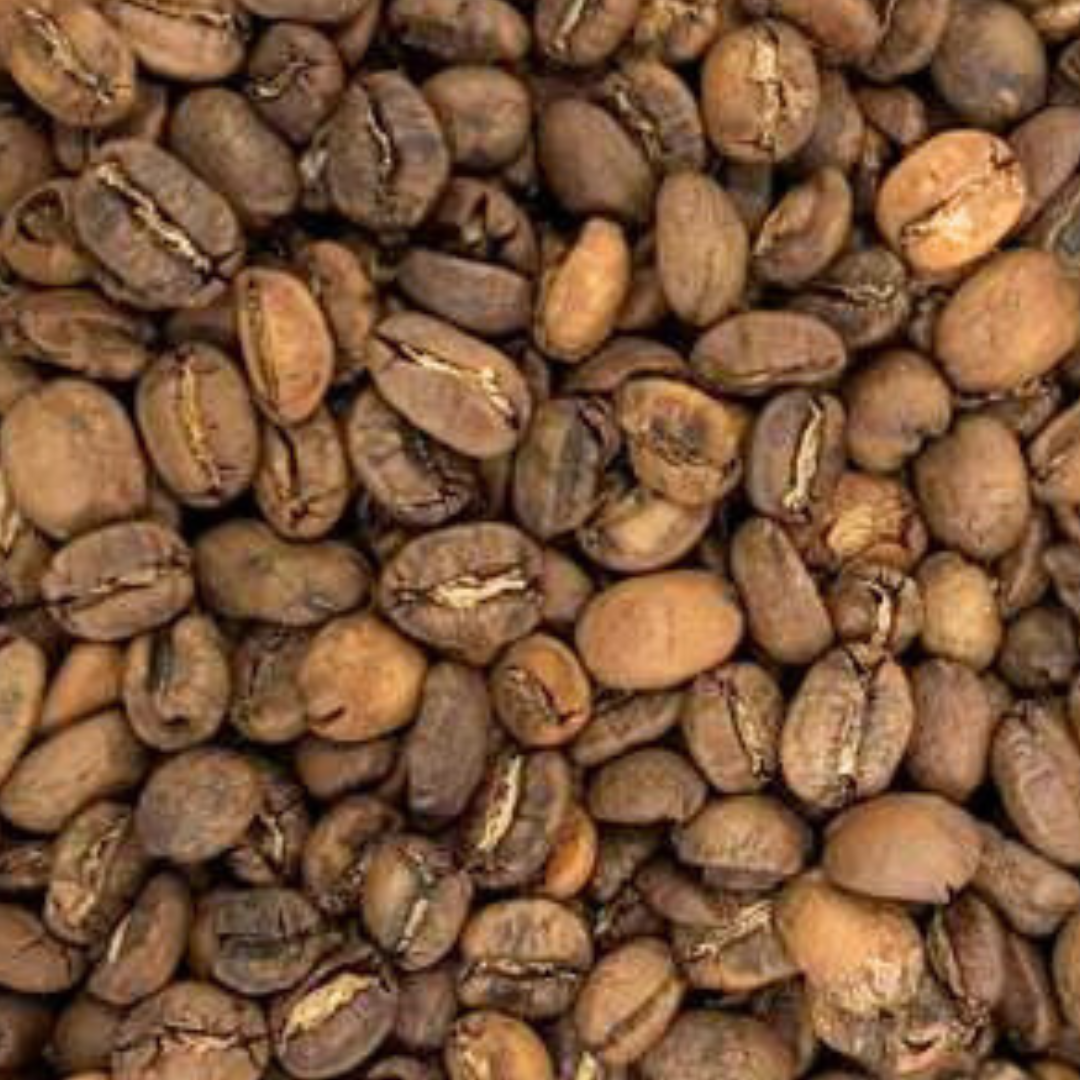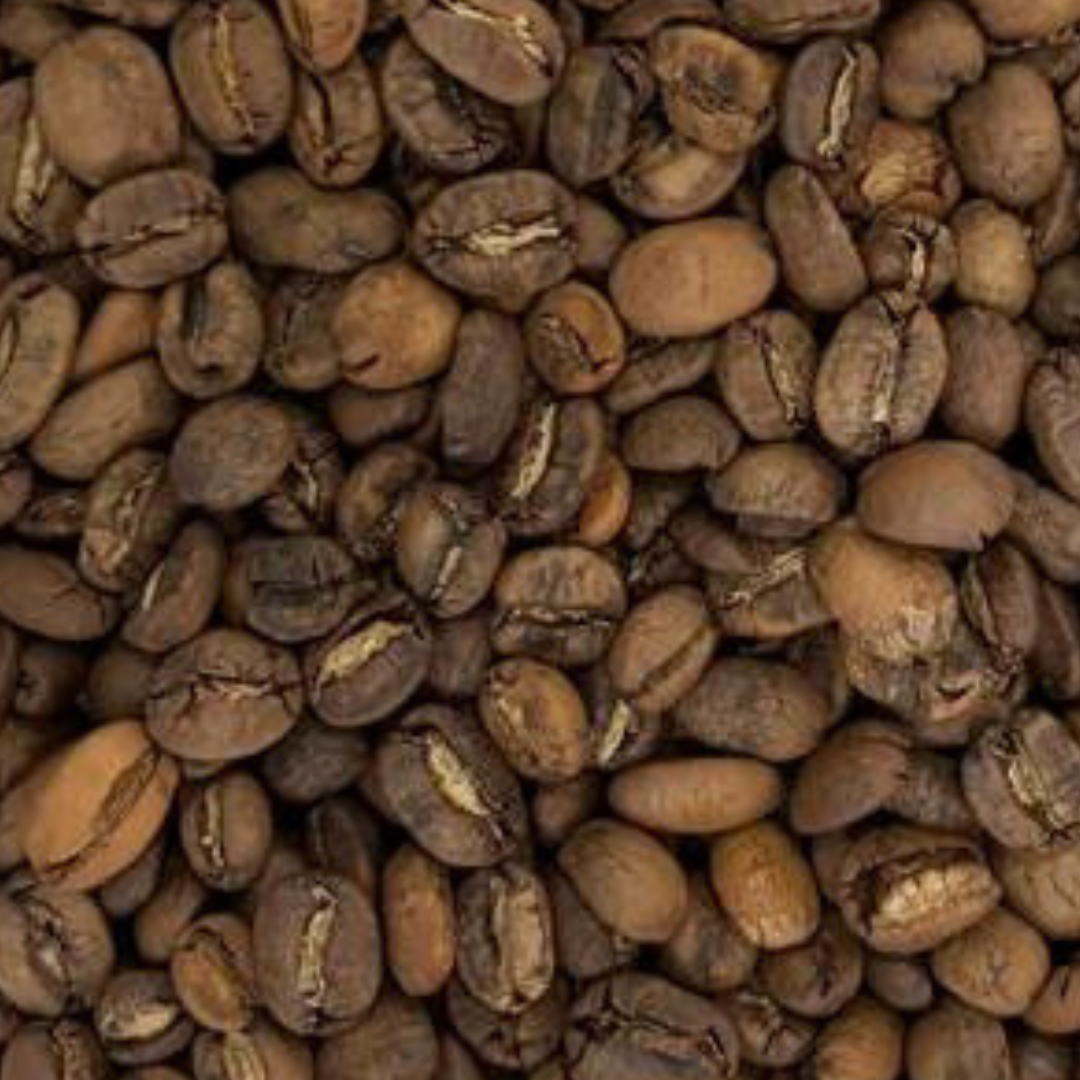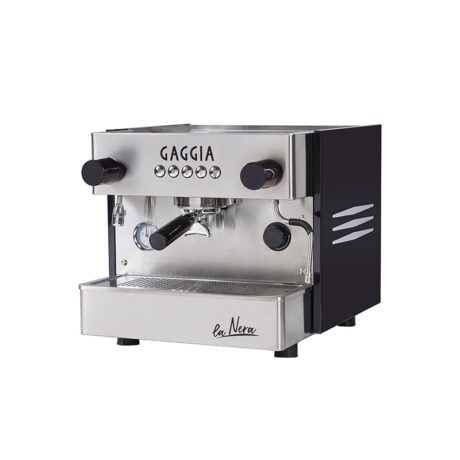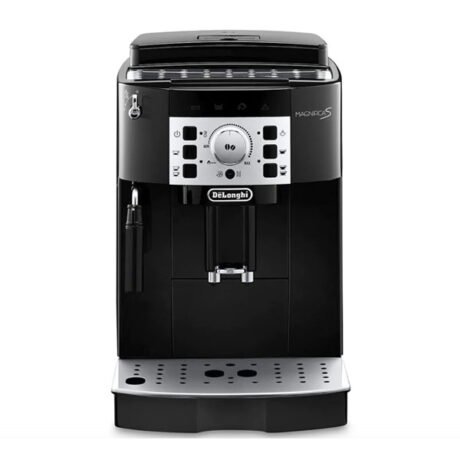On a crisp morning, the comforting warmth of a steaming coffee cup is a ritual for many, a silent promise of an invigorating start to the day. Yet, as temperatures rise, the siren song of a perfectly chilled iced coffee becomes utterly undeniable, offering a refreshing respite. Coffee, in its myriad forms, is a beloved daily companion for millions across the globe. But this universal affection often sparks a familiar debate among enthusiasts: Does one temperature truly offer a superior taste experience over the other? Or is the difference more profound, a matter of distinct flavor landscapes waiting to be explored?
This very question sparked our own curiosity at specialtycoffee.id, leading us down a delightful rabbit hole of experimentation. We embarked on a series of fun and flavorful taste tests, meticulously comparing three distinct medium-roasted Indonesian beans: the fruit-forward Gayo Natural, the earthy and robust Gayo Semi Wash, and the notoriously smooth Luwak.
Our mission was simple yet intriguing: to uncover how these beloved beans performed across the temperature spectrum, revealing their unique characters when served hot versus chilled. Our journey quickly revealed that while both hot and iced coffee offer distinct delights, the “best” often depends on more than just personal preference; it’s a fascinating interplay of chemistry, perception, and context. This article will delve into the scientific reasons why coffee tastes different when hot versus cold, share the fascinating results from our own palate-driven experiments, and ultimately offer insights into how temperature intricately shapes your very own coffee experience.
The Science Behind Temperature and Flavor Perception
To understand why a hot cup of coffee can taste so different from its chilled counterpart, we need to venture beyond simple preference and into the fascinating world of chemistry and human perception. Temperature isn’t just about how a drink feels in your hand; it fundamentally alters how its flavor compounds interact with your senses.
Volatile Aromatic Compounds: The Scents that Define Taste
Imagine sipping a coffee and noticing notes of blueberry, jasmine, or dark chocolate. These intricate flavors aren’t just magically appearing on your tongue; a significant portion of what we perceive as “taste” actually comes from our sense of smell. This is where volatile aromatic compounds come into play. These are tiny, airborne molecules responsible for coffee’s complex and captivating aroma.
- Hot Coffee: When coffee is hot, these volatile molecules are highly energetic. The heat excites them, causing them to vaporize rapidly and waft up to our olfactory receptors in the nose. This intense release of aromatics means that a hot cup of coffee presents a more immediate and often more complex bouquet of smells. Subtle nuances—like delicate florals, bright citrus, or fleeting spicy notes—are more readily apparent, as the heat effectively “opens up” the coffee’s aromatic profile. Think of it like a perfume’s scent – it’s often more potent and expressive when warmed on the skin, allowing its layers to unfurl.
- Iced Coffee: In contrast, when coffee is chilled, these same volatile compounds become significantly less active. Their movement slows down, and they don’t evaporate into the air as readily. As a result, fewer of these aromatic molecules reach your nose. This suppression of aroma means that some of the more delicate or fleeting flavors might be muted or even imperceptible in an iced coffee. The overall aromatic profile can seem less “open” or less intense, forcing your taste buds to do more of the heavy lifting.
How Temperature Affects Our Taste Buds
Beyond just aroma, temperature directly influences how our taste buds perceive the basic tastes: sweetness, acidity, and bitterness. Our tongue’s receptors respond differently to varying temperatures, altering the balance of these fundamental flavors.
- Sweetness: Cold temperatures tend to suppress our perception of sweetness. This phenomenon is why a cold soda might seem less sweet than the same soda at room temperature. In coffee, this means that any natural sweetness present in the beans – hints of caramel, chocolate, or fruit sugars – might be less apparent or perceived differently when the coffee is chilled. You might find yourself adding more sugar to an iced coffee than you would to a hot one, simply to achieve the same perceived level of sweetness.
- Acidity: The perception of acidity also shifts with temperature. In hot coffee, acidity can come across as bright, lively, and even sparkling, contributing to the coffee’s vibrant character. In iced coffee, this same acidity often mellows out, feeling smoother, less sharp, and sometimes even a bit muted. This can be desirable for those sensitive to highly acidic notes.
- Bitterness: Heat can sometimes accentuate bitterness, making certain compounds more prominent on the palate. Conversely, chilling can round out or temper bitterness, making the coffee seem smoother and less astringent. This is why some coffees that might taste slightly harsh when hot become wonderfully drinkable and mellow when iced.
The Role of Viscosity and Mouthfeel
Finally, temperature subtly yet significantly alters a coffee’s viscosity (its thickness) and mouthfeel (how it feels in your mouth). Hot coffee generally feels lighter and more fluid on the tongue. Iced coffee, due to the cold (and often the presence of ice), can feel denser, heavier, or have a more substantial “body.” This textural difference contributes to the overall sensory experience, influencing how flavors linger and interact on the palate.
Understanding these scientific principles provides a clearer picture of why hot and iced coffee offer distinct sensory experiences, setting the stage for our own flavorful explorations.
Our Experimental Journey: Hot vs. Iced, Bean by Bean
The coffees that we use in this experiment:
With a solid understanding of the scientific principles at play, we at specialtycoffee.id rolled up our sleeves and embarked on the most exciting part of our inquiry: direct, side-by-side taste comparisons. Our goal was not just to observe differences, but to truly understand how the unique characteristics of each bean were highlighted or transformed by temperature.
Our Methodology for Fair Comparison
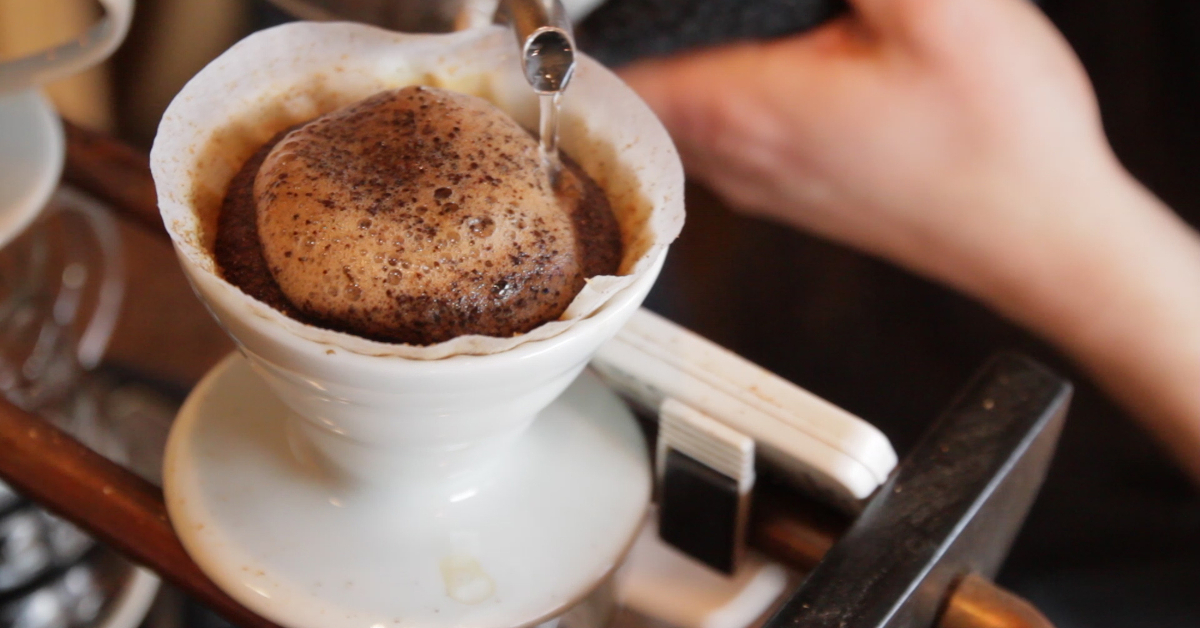
To ensure our findings were as consistent and reliable as possible, we adhered to a strict methodology:
- Same Coffee, Same Brew: For each tasting, we used the same batch of freshly roasted beans, ground them to the same consistency, and brewed them using a consistent method. We opted for a pour-over method as it allows for excellent control over extraction, ensuring that the initial brew for both hot and iced versions was as identical as possible.
- Temperature Control: Once brewed, each coffee was immediately divided. One portion was tasted hot, at its optimal serving temperature. The other portion was rapidly chilled (typically over an ice bath to preserve integrity before serving over ice) until it reached a consistent refrigerator temperature, before being poured over fresh ice for tasting. This crucial step allowed us to isolate the variable of serving temperature from the variable of brewing temperature (i.e., we were comparing hot-brewed coffee served hot vs. hot-brewed coffee served cold, not hot brew vs. cold brew).
- Sensory Evaluation: Our tasting panel meticulously noted down observations for aroma, flavor notes, acidity, body, sweetness, and overall impression for both the hot and iced versions of each bean.
Flavor Profile Deep Dive
Here’s what our palates discovered about the Gayo Natural, Gayo Semi Wash, and Luwak beans when subjected to different temperatures:
1. Gayo Natural (Medium Roast)
This natural-processed coffee, known for its fruit-forward and often complex character, offered some of the most dramatic differences:
- Hot: When served hot, the Gayo Natural truly sang. We immediately picked up vibrant, often wine-like fruit notes—think ripe berries, hints of tropical fruit, and sometimes a delicate floral sweetness. Its acidity felt lively and bright, contributing to a clean and invigorating cup. The aroma was incredibly expressive, filling the air with its nuanced bouquet.
- Iced: Chilled, the Gayo Natural presented a different, yet equally enjoyable, profile. The delicate floral notes were largely subdued, and the bright acidity softened considerably, becoming much mellower. However, the fruit flavors persisted, often shifting to a deeper, more jammy or concentrated fruit essence rather than the fresh vibrance found when hot. The body felt slightly heavier, and the overall impression was one of smooth, refreshing fruitiness, albeit less aromatically complex.
- Our Observation: While the hot version truly showcased the bean’s aromatic complexity and lively acidity, the iced version offered a wonderfully smooth and easy-drinking experience, with its core fruit character still beautifully present, just in a more subdued form. It demonstrated how delicate notes can recede, allowing more robust fruit profiles to shine when cold.
2. Gayo Semi Wash (Medium Roast)
Hailing from the Gayo Highlands, this semi-washed coffee typically boasts a distinctive, earthy, savory, and often robust character, with a full body.
- Hot: As a hot brew, the Gayo Semi Wash delivered its characteristic profile: deep, earthy notes, sometimes hints of dark chocolate or even mild spices, and a consistently heavy, coating body. The aroma was grounding and rich, leaning towards savory rather than sweet. Acidity was typically low and well-integrated.
- Iced: Interestingly, when chilled, the inherent earthiness of the Gayo Semi Wash seemed to become even smoother and more integrated. Any subtle bitterness that might have been present in the hot cup was significantly reduced. The full body translated beautifully to an iced format, providing a satisfyingly rich and almost creamy mouthfeel. While some of its aromatic subtleties were muted, the core, comforting profile remained robust and highly drinkable, making it an excellent candidate for a bold iced coffee.
- Our Observation: This bean proved to be exceptionally versatile. The cold temperature seemed to enhance its inherent smoothness and reduce any potential edge, making it a delightfully mellow yet impactful iced coffee. Its robust nature ensured its character wasn’t lost when chilled.
3. Luwak (Medium Roast)
Known globally for its unique processing method, Luwak coffee is often celebrated for its exceptional smoothness, low acidity, and rich, often chocolatey or nutty undertones.
- Hot: Served hot, the Luwak coffee truly lived up to its reputation. It presented an incredibly smooth, almost velvety mouthfeel with virtually no harshness or discernible acidity. Flavor notes were often subtle – hints of dark chocolate, caramel, and sometimes a whisper of nutty sweetness. Its aroma was gentle, inviting, and consistent with its clean profile.
- Iced: When chilled, the Luwak’s renowned smoothness was incredibly well-preserved, even enhanced. The low acidity made it inherently suited for a cold serving, as there was no sharpness to mellow out. The subtle caramel and chocolate notes remained, though perhaps less pronounced aromatically. The mouthfeel became even more luxurious, almost like a chilled dessert beverage.
- Our Observation: The Luwak coffee, with its inherent lack of bitterness and remarkable smoothness, performed exceptionally well in both hot and iced forms. The cold temperature didn’t detract from its unique qualities but rather underscored its effortless drinkability, making it a truly indulgent iced coffee experience. It highlighted how beans with naturally low acidity and high inherent sweetness can excel when cold.
Key Takeaways from Our Tastings
Our experiments consistently showed that while coffee is indeed “just as tasty” in both hot and cold forms, the way it is tasty differs remarkably. Across all three beans, we observed:
- Hot coffee consistently offered a more immediate and complex aromatic experience, bringing forward delicate floral, bright fruit, and nuanced spice notes. Acidity tended to be perceived as livelier.
- Iced coffee often felt smoother, with acidity mellowed and bitterness reduced. While some aromatic complexity was lost, certain core flavor profiles (like the Gayo Natural’s fruitiness or the Gayo Semi Wash’s earthiness) evolved into deeper, more comforting expressions. The body often felt enhanced, providing a satisfying richness.
Ultimately, we found that neither hot nor iced coffee is inherently “better.” Instead, each temperature unveils a different facet of the same bean, inviting us to appreciate the incredible versatility and depth that coffee has to offer.
Beyond Temperature: Context Matters
While our experiments clearly demonstrated that temperature dramatically influences how we perceive coffee’s flavor, it’s just one piece of the complex puzzle. The “best” coffee experience often hinges on a blend of factors that extend beyond just the brew’s temperature.
The Nuance of Brew Method
It’s crucial to distinguish between hot-brewed coffee that’s then chilled (which was the basis of our experiment) and cold brew. True cold brew is a distinct extraction method where coffee grounds steep in cold or room-temperature water for an extended period, often 12 to 24 hours. This process extracts different chemical compounds, typically resulting in a coffee that’s naturally lower in acidity and bitterness right from the start, often boasting a smoother, sweeter profile. While our focus was on how temperature changes perception of a single brew, understanding that different brewing methods also yield inherently different flavor profiles adds another layer to the coffee conversation.
The Impact of Roast Level
The roast level of a coffee bean also plays a significant role in how it stands up to temperature changes. Lighter roasts, with their delicate acidity and nuanced fruit notes, might be more susceptible to having those subtle characteristics muted when chilled. Darker roasts, on the other hand, which often emphasize bold, smoky, or chocolatey notes with less prominent acidity, might maintain their character more consistently across temperatures, or even become exceptionally smooth when cold. Our medium roasts provided a fantastic middle ground for observing these transformations.
Additives and Personal Preferences
Finally, the additions we make to our coffee – milk, sugar, or even just ice – fundamentally alter the taste. A splash of milk can soften perceived bitterness in hot coffee, and similarly, it can enhance the creaminess of an iced coffee. The simple act of adding ice not only chills the drink but can also dilute it over time, subtly changing the concentration of flavors. Ultimately, the choice between hot and iced often comes down to personal preference, the prevailing weather, or even the time of day. A scorching afternoon might naturally call for the crisp refreshment of an iced coffee, while a chilly morning begs for the comforting warmth of a hot cup.
Conclusion: The Verdict on “Best”
After delving into the science of taste perception and meticulously exploring three distinct Indonesian beans, our journey at specialtycoffee.id culminates in a clear understanding: there isn’t a definitive “best” when it comes to hot versus iced coffee. Instead, there’s a fascinating spectrum of distinct and equally valid coffee experiences, each unveiled by the magical interplay of temperature.
Our experiments reaffirmed that temperature profoundly changes how we perceive coffee’s flavor. Hot coffee, with its vibrant release of volatile aromatic compounds, consistently offered a more immediate and complex sensory bouquet, allowing delicate floral, bright fruit, and nuanced spice notes to shine. The acidity often felt more lively, contributing to a dynamic and invigorating cup.
Conversely, iced coffee presented a smoother, often more mellow experience. The cold temperature gently suppressed bitterness and softened acidity, allowing certain core flavors to emerge in a deeper, sometimes richer form. While some aromatic complexity was necessarily traded, the enhanced body and refreshing nature made for an incredibly satisfying and easy-drinking experience, especially suitable for warmer climates. The Gayo Natural’s fruitiness transformed, the Gayo Semi Wash’s earthiness became silken, and the Luwak’s celebrated smoothness was gloriously underscored.
So, the next time you’re faced with the delightful dilemma of choosing between a steaming hot brew and a frosty iced one, remember this: you’re not choosing between good and bad, but between two uniquely delightful expressions of the same extraordinary bean. Each temperature serves as a different lens, highlighting various facets of its inherent character. We encourage you to become your own coffee scientist. Brew your favorite beans, taste them hot, then chill a portion and taste them iced. Pay attention to how the aromas shift, how the sweetness and acidity evolve, and how the overall mouthfeel changes. It’s an enlightening journey that deepens your appreciation for the incredible versatility and depth that coffee has to offer. Cheers to exploration, and to enjoying your perfect cup, whatever the temperature!


